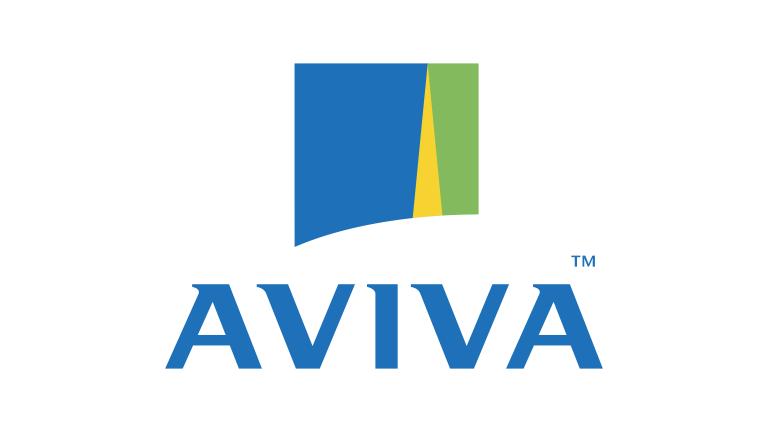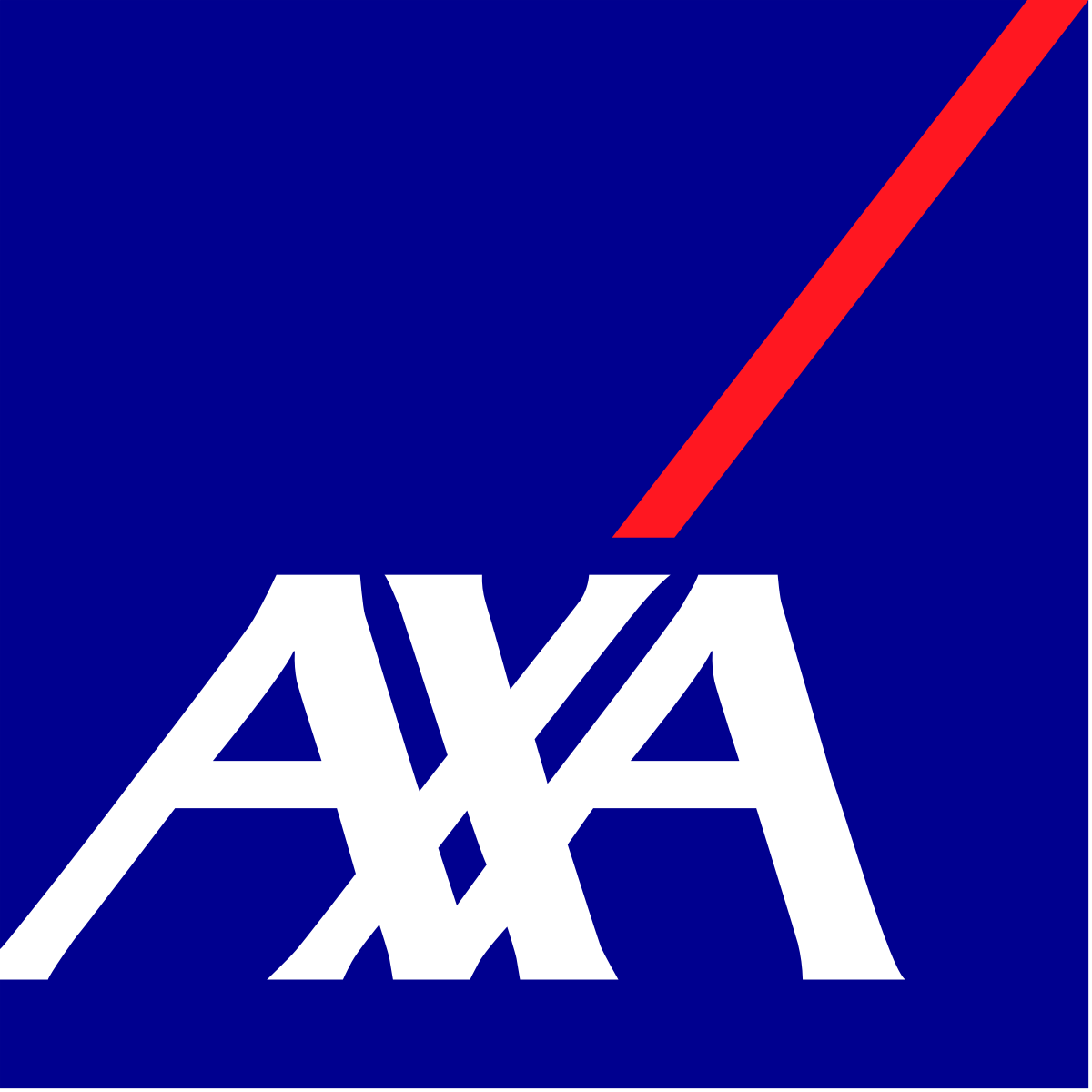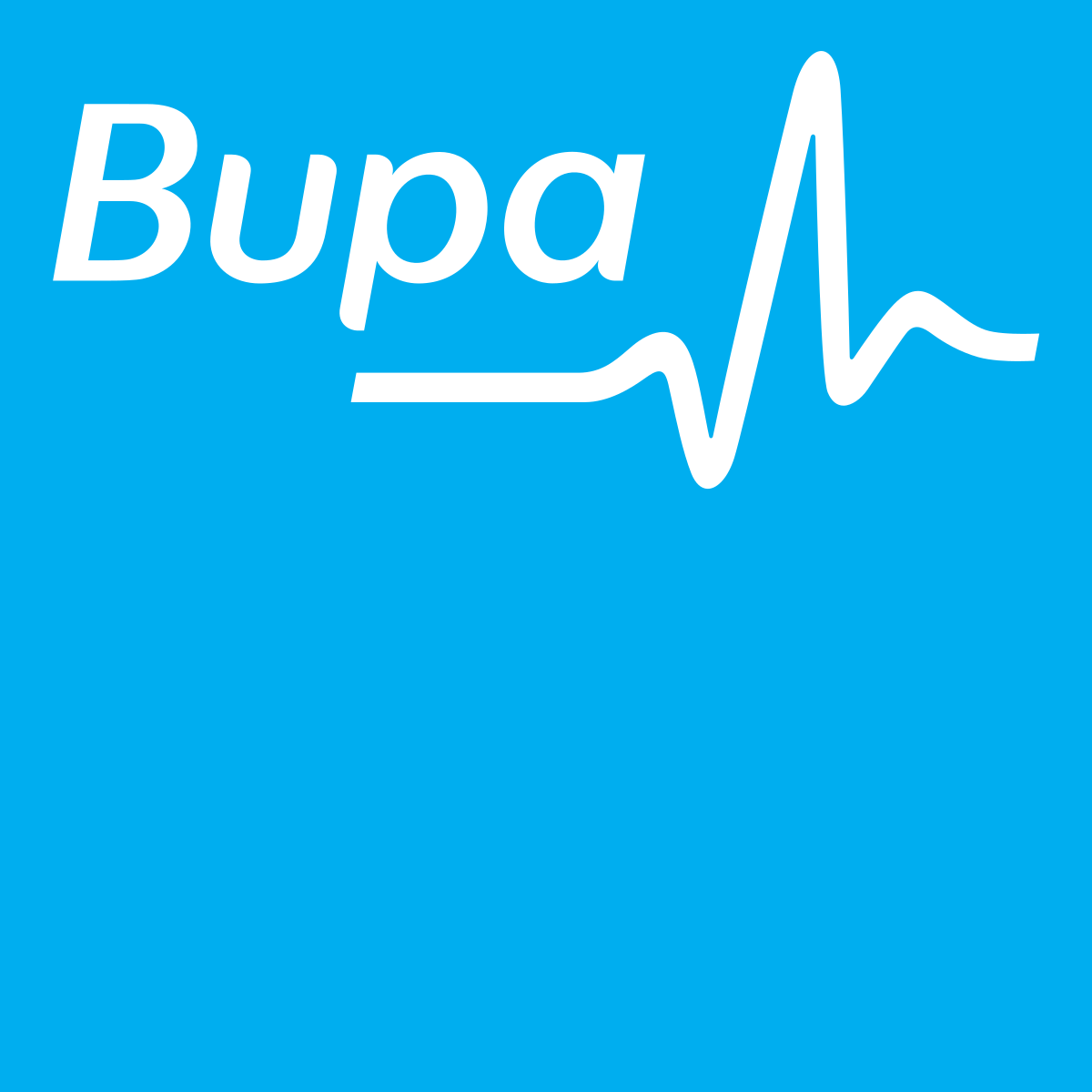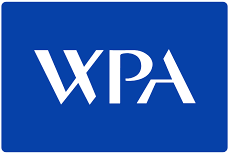Gastroesophageal Reflux Disease/GORD
Gastroesophageal Reflux Disease, also known as GORD or chronic acid reflux, represents the upward movement of stomach acid into the oesophagus. Typically, a defect or weakness in the Lower Oesophageal Sphincter, or LOS, – a circular muscle that acts as the valve separating the oesophagus from stomach contents – is to blame for GORD.
We all have occasional acid reflux. However, when the reflux occurs several times a week for a few months, it is classified as GORD or considered chronic.
Symptoms of GORD
The sensitive lining of the oesophagus is easily irritated and the acidic nature of stomach acid can cause significant symptoms. Some patients feel no symptoms, known as silent GORD, while other patients may experience uncomfortable or even debilitating symptoms including:
- Burning sensation in the chest
- Chest pain often mistaken for a heart attack
- Halitosis
- Sore Throat
- Chronic Cough
- Upset Stomach
- Discolouration of Teeth
No matter the severity of the symptoms, stomach acid does damage the lining of the oesophagus. If undertreated or left untreated, the constant barrage of acid on this sensitive lining can begin to cause changes on a cellular level. This is known as Barrett’s Oesophagus and is considered a pre-cancerous condition.
Much of the increase in the incidence of the oesophageal cancer has been attributed to the staggering rise in chronic acid reflux due to excess weight and obesity around the world.
A Note on Hiatal Hernias
Hiatal hernias occur in the upper abdomen when part of the stomach pushes through the diaphragm. Hiatal hernias are also known to cause gastroesophageal reflux disease in some cases. Most patients suffering from obesity also have a hiatal hernia. These hernias are often discovered during preoperative testing for a weight loss surgery procedure or during the bariatric surgery itself. Typically, the hiatal hernia is repaired at the same time as the primary bariatric procedure and not on its own.
Treatments for Chronic Acid Reflux
Lifestyle change in the form of improved diet and exercise to lose weight and reduce pressure on the abdomen is the first course of action. Avoiding high-fat, acidic and spicy foods may also help. Patients who are not able to pursue this lifestyle change successfully may be prescribed medication that either suppresses the production of acid in the stomach (proton pump inhibitors) or neutralises the acid that is produced (antacids).
Surgical Treatment for GORD
When lifestyle change and medications fail or patients do not want to take lifelong medication, surgical intervention becomes a viable option. The gold standard in GORD surgery has been the Nissen Fundoplication. During the fundoplication, the top portion of the stomach is wrapped around the lower part of the oesophagus and sutured in place, creating pressure around the Lower Oesophageal Sphincter. This pressure allows the LOS to remain closed and stop the upward movement of stomach acid. Newer fundoplication techniques, including the Toupet, involve only partially wrapping the stomach around the oesophagus.
A more recent development in the minimally invasive treatment of GORD is a medical device known as LINX. This device is essentially a bracelet composed of titanium beads. This bracelet is wrapped around the Lower Oesophageal Sphincter and clasped shut using magnets. The pressure of the devices keeps the LOS shut, however the device opens just enough to allow food and liquid to pass through the oesophagus. Learn more about the LINX device.
 Consultant Laparoscopic & Bariatric Surgeon
Consultant Laparoscopic & Bariatric Surgeon





